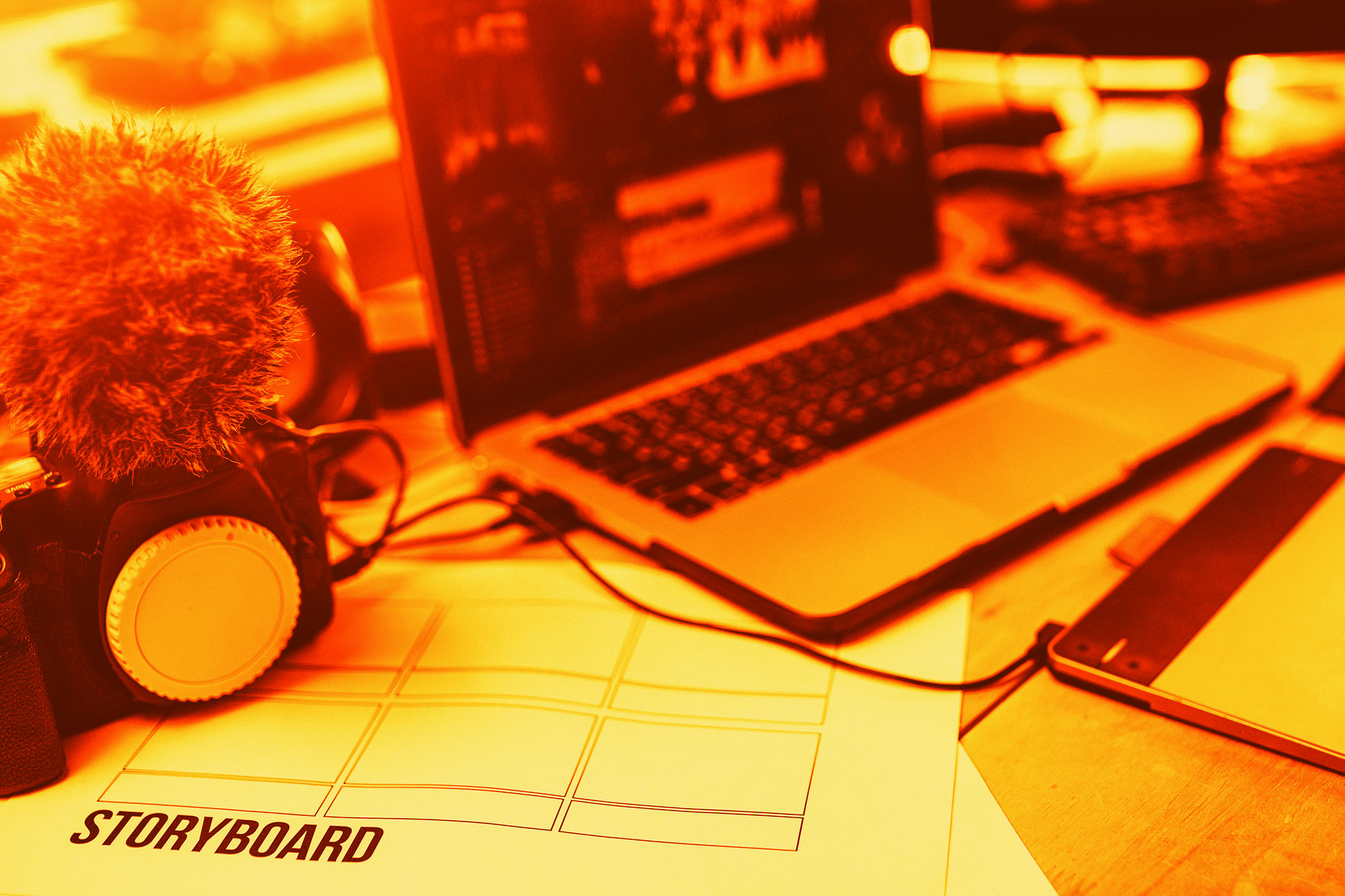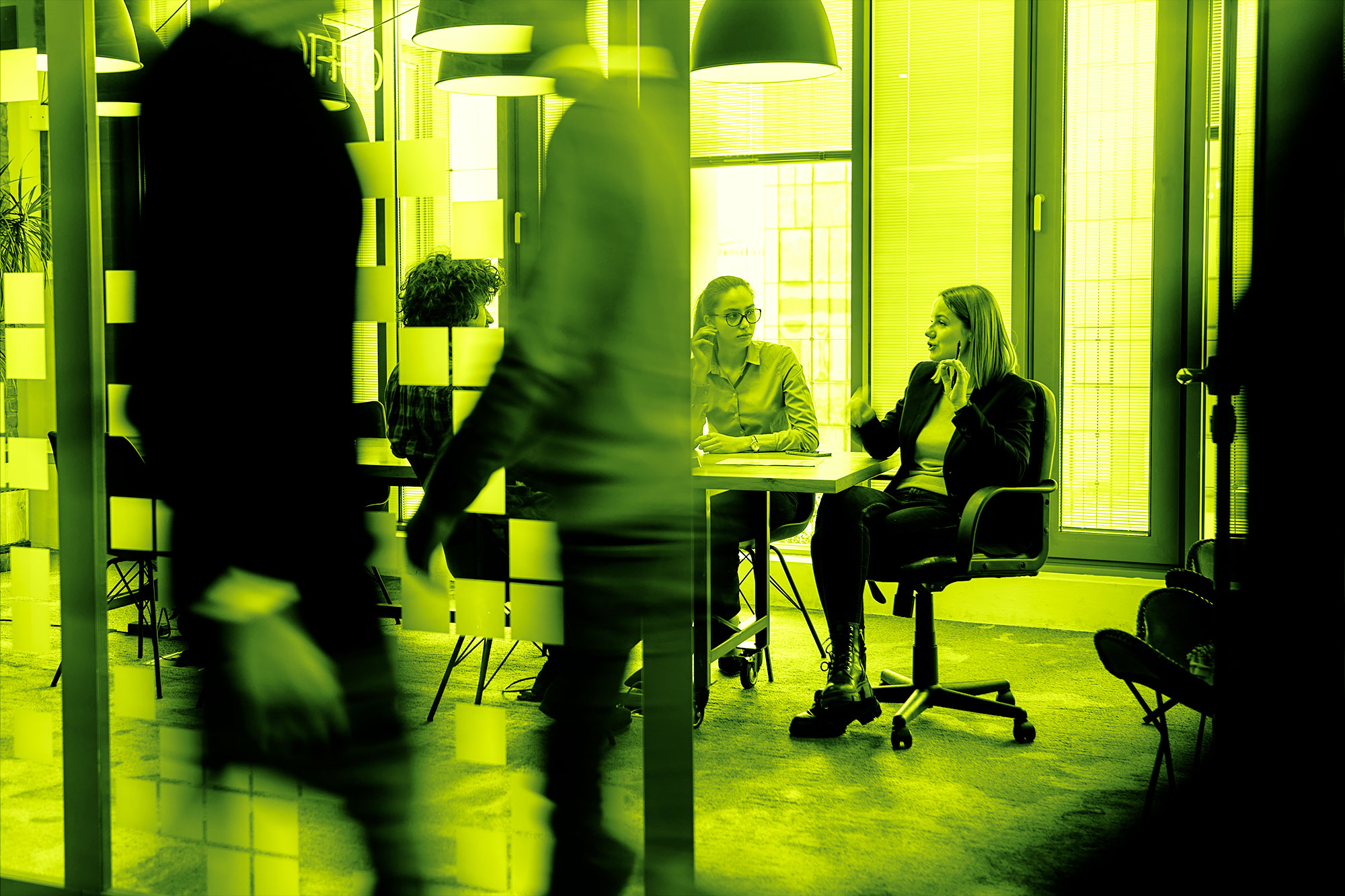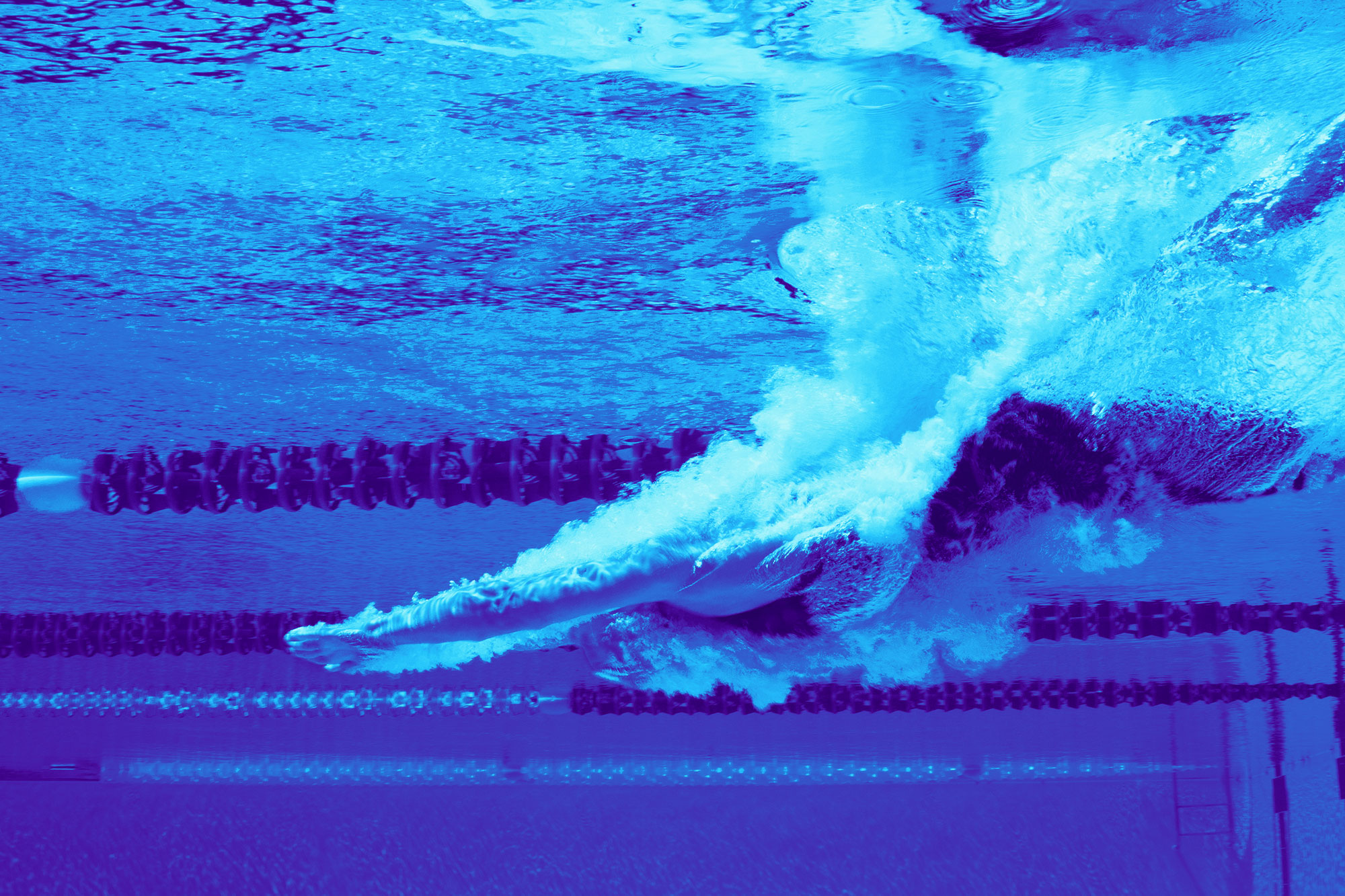As a communications professional there’s one buzzword I’ve heard, seen and used a lot over the last few years — personalisation. As both marketers and consumers, we know the benefits and there are myriad stats to back that up.
A quick google yielded these beauties:
- 91% of consumers are more likely to choose a brand that gives them relevant offers and recommendations
- 84% of consumers are more likely to spend with a brand when they’re treated like a person and not a number
- 80% of companies say business has improved since using personalisation
The thing about personalisation, is that it’s more than knowing your name; it’s getting recommendations (Amazon is leaps ahead with this) and content that is specific to your needs. If you think about it, with the abundance of data and use of smart algorithms, brands know a lot about you. From what device you used to open an email, how long you watched a video, to what you searched for and what you have in your online shopping basket.
And it’s easy for brands in the digital age because everything we do is online, connected, part of something bigger, so there’s always that abundance of data.
But what about offline? Does personalisation still work? Does advertising still work?
Consider this: I hardly ever watch live TV. Why? Because like many people I am addicted instant gratification. Wait a week for the next episode? Sit through an ad break? Pfft. Binge watch on Netflix, NowTV, Amazon Prime (yes, yes I have all three)? Now you’re talking my language.
I did, however, catch a bit of live TV last week, about 10 minutes in total. During that time I happened to see an ad that changed my life. It was for coffee bags. Like tea bags, but coffee. And if there’s one thing I love as much as series-on-demand, it’s coffee. Good coffee.
Pre-digital age I would’ve run to the local supermarket to look for them. But today? I did what any lazy shopper does and found them on Amazon. Click, click, ding dong. From awareness to purchase in less than 24 hours. Certainly a coup for marketers.
But who gets the credit? What is this success attributed to? Targeted advertising? Personalisation? Or just pure chance.
I’d be inclined toward the latter if I just bought the coffee bags willy-nilly. But I didn’t. While it was quick and easy to find and order them, I had the added benefit of being able to read reviews — which were decent, unlike the coffee bags I ultimately bought.
And those reviews and the additional data around the bags, while not strictly in the realm of personalisation, still ensured that I was getting a product that met my needs.
The whole exercise did more than show me that tv advertising does still kind of work. It reinforced the idea that everything is connected. From the channels we use to the way we use them and likewise in the way that we’re marketed to. Different channels and platforms fulfil different needs, but they are all working together in an expanded marketing mix.
And with that in mind, my coffee bag experience doesn’t seem nearly as random now!







